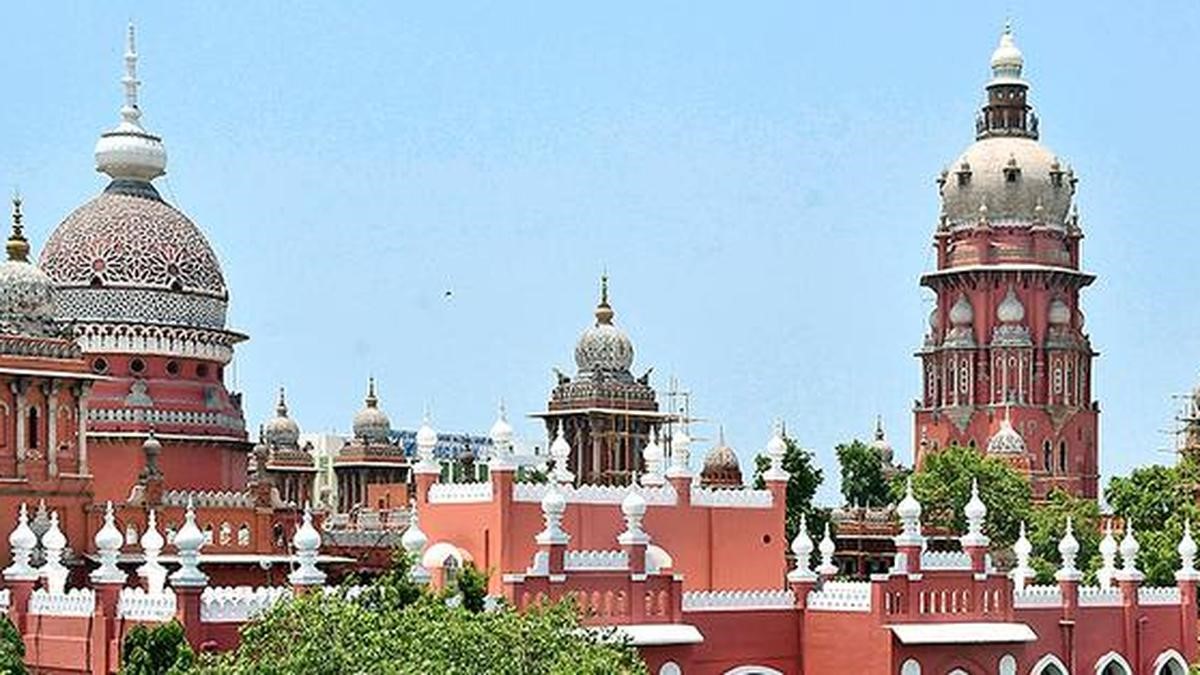Don’t Link RTE Funds with NEP Dispute: HC
Don’t Link RTE Funds with NEP Dispute: HC
Why in the News?
In the latest education news today, Tamil Nadu’s Madras High Court judgement urged the Union Education Ministry to separately disburse RTE funds to Tamil Nadu under Samagra Shiksha, despite the State’s non-adoption of the new education policy 2020. The court reminded both Centre and State of their obligations under the RTE Act 2009, highlighting the ongoing NEP implementation dispute.
HC’s Direction to Union and State Governments:
- The Madras High Court asked the Union Ministry of Education to delink ₹200 crore RTE reimbursement funds from the ₹2,151.59 crore pending under Samagra Shiksha Scheme (SSS), emphasizing the importance of Centre-State funding in education.
- It urged the Centre to “consider” disbursing RTE funds independently, emphasizing the need for smooth implementation of RTE Tamil Nadu initiatives.
- The Tamil Nadu government was told that lack of Central government funds cannot be an excuse to avoid reimbursing private schools, underlining the State government obligation in upholding educational rights and preventing school dropouts.
Legal Standpoint on RTE and NEP
- The court clarified that the RTE Act is independent of the total NEP in India, emphasizing the distinction between statutory obligations and educational policy initiatives.
- It cited Section 7 of the RTE Act, which puts a concurrent responsibility on both the Centre and the State for funding education, highlighting the importance of Centre-State relations in educational matters.
- Therefore, RTE result and reimbursements should not be withheld due to policy disagreements like the NEP adoption dispute.
Pending Dispute and Interim Relief
- Tamil Nadu has filed a Supreme Court suit to seek full release of pending SSS funds, showcasing the ongoing Centre-State financial standoff regarding the RTE component and grants-in-aid.
- Given this, the HC said it cannot issue a binding order, only a recommendation to the Centre regarding the national education policy implementation process and higher education accessibility.
- The State was directed to fulfil its RTE obligations by reimbursing private unaided schools admitting students under the Act, emphasizing the importance of RTE admissions and social justice.
Right to Education (RTE) Act – Legal Basis & Objectives |
|
● Fundamental Right: Ensures free, compulsory education for children aged 6–14 under Article 21A. |
|
● 25% Reservation: Section 12(1)(c) mandates private unaided (non-minority) schools to reserve 25% seats for EWS children. |
|
● Government Reimbursement: Schools are reimbursed based on per-child expenditure in public schools. |
|
● Access & Inclusion: Aims to provide quality private education to the underprivileged. |
|
● Reduces Rich-Poor Divide: Bridges gaps in educational access. |
|
● Bridges Institutional Inequality: Narrows quality gap between govt. and private schools. |
|
● Fosters Mixed Classrooms: Promotes diversity, inclusion, and social integration. |
|
● Minimises Segregation: Reduces caste, religious, and economic divisions. |
|
● RTE Implementation Date: The Act came into force on April 1, 2010, marking a significant milestone in educational reforms. |
|
● RTE Rules: Various states have formulated specific rules to guide the Act’s implementation, ensuring linguistic diversity and local adaptations, including the three-language policy. |




